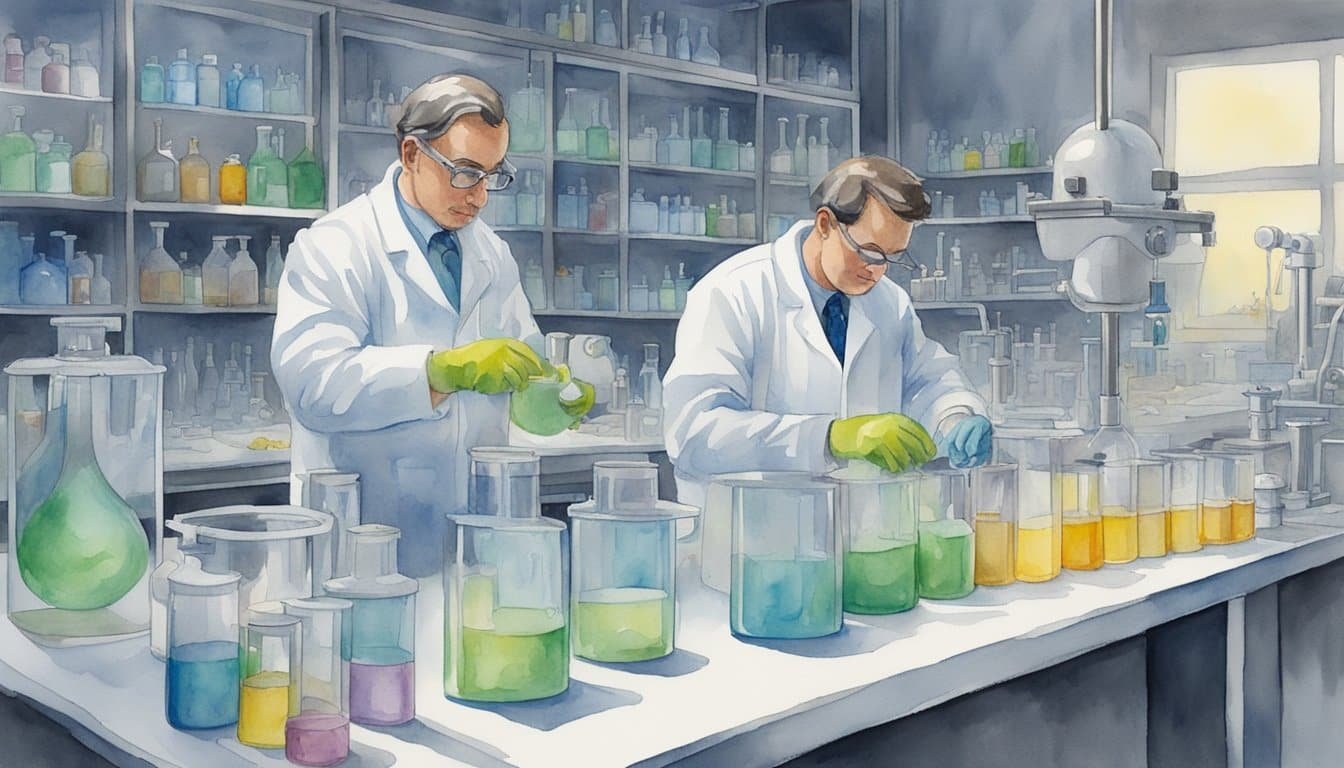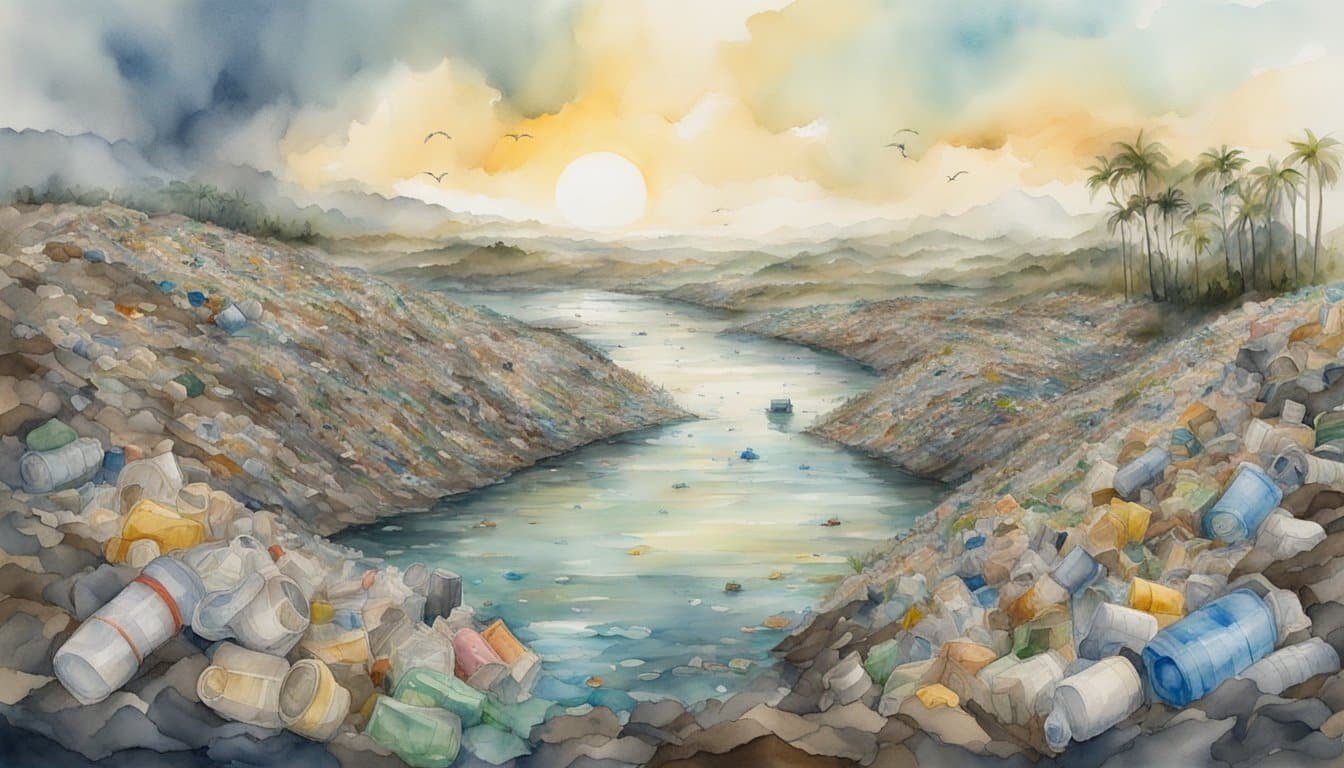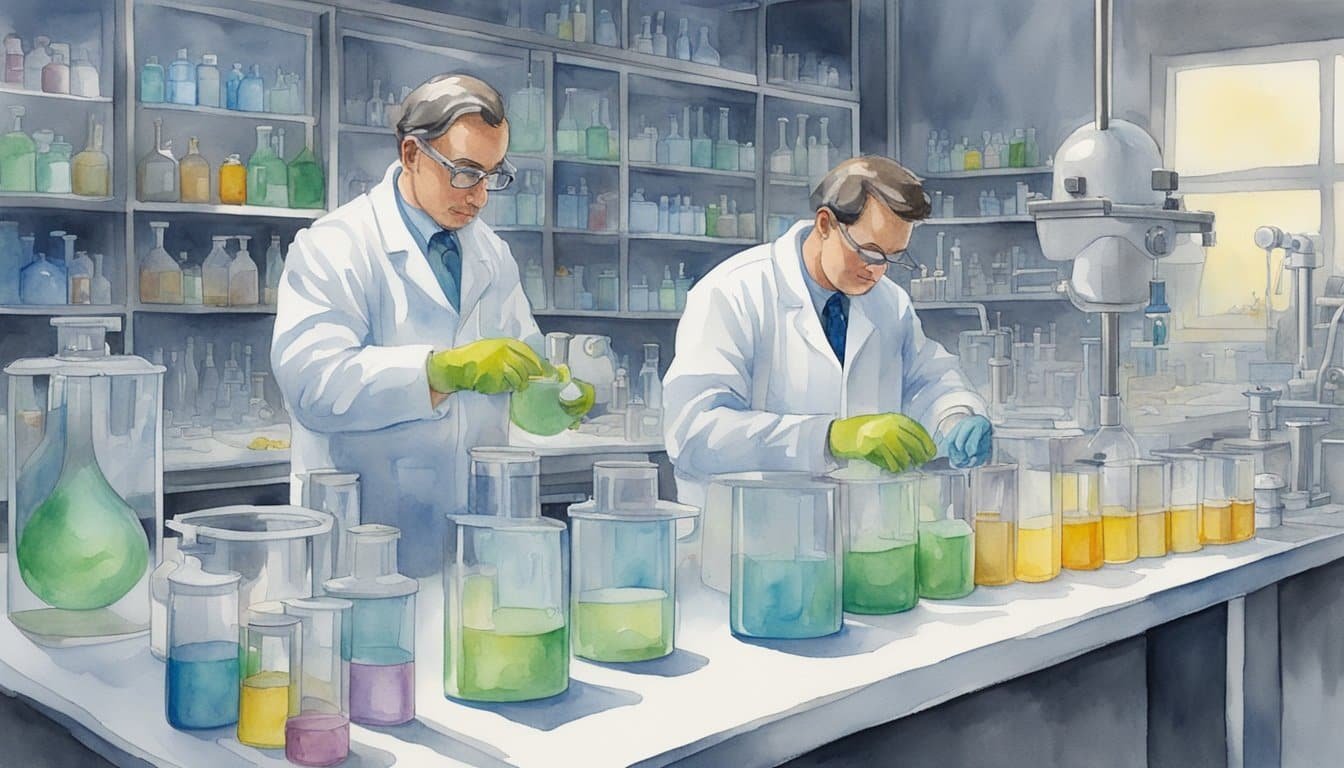Early Developments in Plastic Materials

The narrative of plastics isn’t just about transformational materials; it’s about the inventors and innovations that kick-started a revolution in the way we create and use everyday objects.
The Birth of Plastics
Plastics began as a solution to an environmental crisis. In the 19th century, the demand for ivory, used for products like billiard balls, led to the slaughter of elephants. A New York inventor, John Wesley Hyatt, saw an opportunity to save these majestic animals and solve a growing problem. Hyatt invented celluloid, one of the first plastics, as an alternative to ivory. This semi-synthetic material was created from cellulose, derived from plants, and camphor.
Hyatt’s invention spurred a new industry, beginning with the production of billiard balls and later influencing the film industry due to its application in photographic film. A detailed account of the preparation of the first edition of a book in the early 1960s touching upon these early developments can be found in Plastics materials.
Key Figures and Inventions
The journey of plastics was paved with notable figures, such as Alexander Parkes, who introduced Parkesine, an organic material derived from cellulose that could be molded when heated. However, it was Leo Baekeland who truly advanced the world of synthetic polymers by introducing the first synthetic plastic, Bakelite, in the early 20th century. Bakelite was formed from phenol and formaldehyde, creating a heat-resistant, nonconductive material ideal for electrical insulators.
Following these breakthroughs, further innovations like nylon, a synthetic polymer, marked a significant development in the plastics industry during its debut in the 1930s. Known for its strength and elasticity, nylon replaced silk in many applications, including women’s stockings and toothbrush bristles. An in-depth perspective on these historic developments can be read in The Development of Plastics.
It was the combination of necessity, environmental concerns, and brilliant minds that forged the path for the diverse and ubiquitous materials we know today as plastics.
Advancements and Types of Plastics

The invention of plastic revolutionized the world with its versatility and adaptability, crossing from rudimentary beginnings to a complex family of polymers with varying characteristics.
From Celluloid to Nylon
It began with celluloid, the first semi-synthetic material, created in the 1860s to imitate ivory and tortoiseshell. Celluloid paved the way for fully synthetic polymers, such as nylon. The debut of nylon in the 1930s stood as a critical milestone, offering a strong, flexible alternative that soon became essential in textiles and engineering.
Plastic Families and Characteristics
The plastic family tree has branched out significantly since those early days. The following list highlights some of the most common types:
- Polyethylene (PE): Includes high-density and low-density forms; known for its lightweight and durable properties.
- Polyethylene Terephthalate (PET): Often used in drink containers; prized for its clarity and recyclability.
- Vinyl or Polyvinyl Chloride (PVC): Hugely versatile, used from medical devices to plumbing, noted for its durability and resistance.
- Rubber: Although not strictly a plastic, synthetic rubber shares many characteristics with plastic polymers.
- Polystyrene (PS): Easily formed and inexpensive, often used in packaging and disposable containers.
- Polypropylene (PP): Resistant to chemicals and fatigue; common in automotive and textile industries.
- Polyester: A group of polymers used extensively in fibers for clothing, often blended with natural fibers.
- Bioplastics: Derived from renewable biomass sources, they are an environmentally friendly alternative aiming to reduce reliance on fossil fuels.
These materials are composed of long chains of molecules known as polymers, which give plastics their unique properties—ranging from flexible to rigid. Recycling these materials has become a crucial environmental concern, with advancements in plastic waste management and the creation of products such as biodiesel additives and liquid fuels from plastic solid wastes.
Plastic’s Role in Society and Environmental Impact

Plastics have transformed modern life, with widespread applications spread across industries and consumer goods. However, alongside the convenience they provide, they pose significant environmental challenges that need addressing.
Plastics in Industry and Daily Life
From Tupperware to PET bottles, plastics have shaped every corner of daily living, ushering in a new era of consumer convenience. Industries rely on plastics for their versatility and cost-effectiveness. They’re found in everything from medical devices to packaging practices, playing a pivotal role in preserving goods, extending product life, and enhancing safety.
- Applications: In the medical field, plastics are crucial for sterile packaging, disposable syringes, and intravenous bags.
- Consumer Goods: Items like lightweight, durable Tupperware revolutionized food storage.
- Modern Life: The convenience offered by these materials is undeniable, dramatically affecting the way society operates on a day-to-day basis.
The Environmental Challenges of Plastics
The production and disposal of plastics have given rise to pressing environmental concerns. Most plastics are derived from fossil fuels, and their degradation contributes to climate change and pollution. Much of the plastic waste ends up in landfills, taking centuries to decompose, or in the ocean, harming wildlife and ecosystems.
- Landfill: A significant amount of plastic waste ends up in landfills, with some types taking up to 400 years to break down.
- Recycling: Although recycling efforts are in place, the complexities of plastic waste, such as different types and contamination levels, make the process challenging.
- Environmental Problem: The sheer volume of plastic production and its enduring nature create profound consequences for the environment, urging a re-examination of plastics’ place in society and a push for sustainable alternatives.

